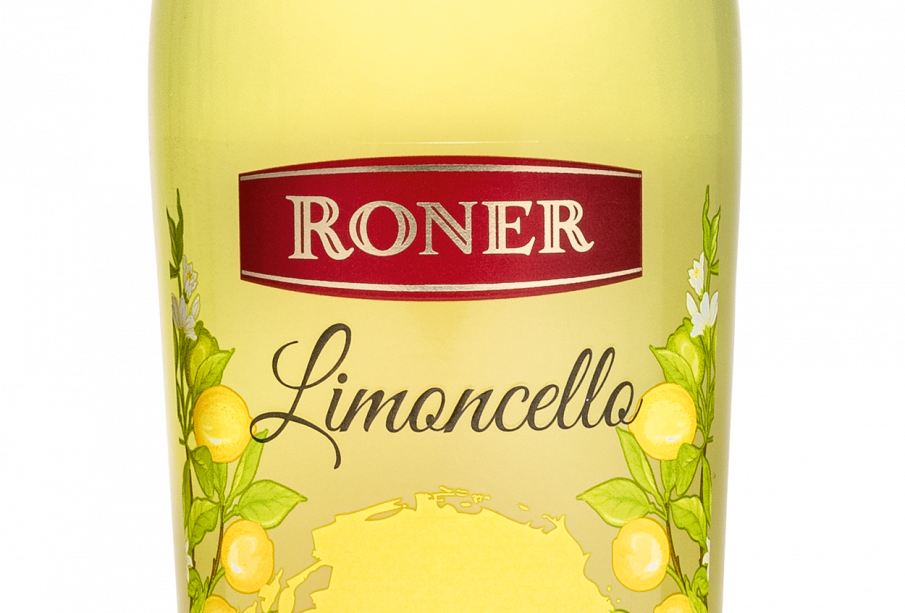Exploring the Delight of Limoncello: An Italian Tradition

Introduction
Limoncello, a traditional Italian lemon liqueur, has gained popularity across the globe for its vibrant flavor and refreshing qualities. Originating from the Amalfi Coast, this bright yellow drink, made primarily from lemon zest, alcohol, sugar, and water, not only tantalizes the taste buds but also holds cultural significance in Italy. As we delve into the recent surge of limoncello’s popularity, we uncover its history, popularity beyond Italy, and the drink’s role in modern culinary experiences.
The Roots of Limoncello
The creation of limoncello dates back to the early 20th century, particularly in the Sorrento and Capri regions of Italy. Traditionally, families would craft their own batches, using locally grown lemons. In 1988, limoncello was granted PGI (Protected Geographical Indication) status, solidifying its authenticity and ensuring that any limoncello labeled as such adhered to strict regional standards. This certification has helped bolster the product’s image, encouraging producers to maintain high quality in their offerings.
Recent Growth in Popularity
In the past few decades, limoncello has seen an exponential increase in popularity beyond its Italian roots. According to recent market research, the global limoncello market was valued at approximately USD 220 million in 2022 and is expected to grow at a CAGR of around 8% through 2030. Many bars and restaurants, particularly in tourist hotspots, have begun crafting their own versions of this zesty liqueur, even incorporating it into cocktails, desserts, and culinary dishes.
Limoncello in Modern Culture
In contemporary cuisine, limoncello has transcended its role as a digestif served after meals. Chefs use it in various recipes, from salad dressings to marinades, and it has gained traction into desserts such as sorbets and cakes. Furthermore, limoncello is becoming a popular ingredient in mixology, with innovative cocktails emerging that marry its bright flavor with other spirits. Recently, it has even made its way into craft breweries, being infused into beers and sours.
Conclusion
Limoncello represents a beautiful blend of tradition and modernity, appealing to both purists who enjoy it neat and adventurous drinkers seeking new experiences. Its growing popularity can be attributed to its refreshing taste and versatility in various culinary contexts. As more people discover the joys of limoncello, it will undoubtedly continue to carve out its space in bars and kitchens worldwide, reminding us of the rich cultural history it stems from.









